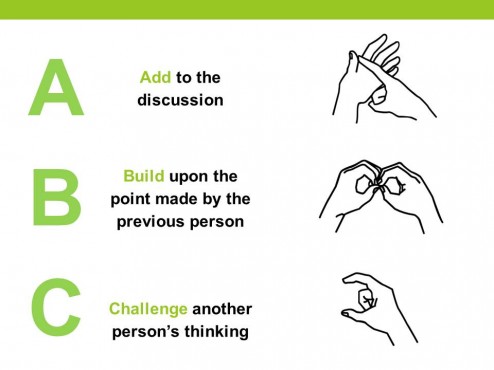Being able to prove that pupil are making progress in our lessons has been a focus on our professional development at our school for most of this year. In my mind, it is one the most important things we need to be able to do well as teachers, not only for that lone professional assertively clasping a well used clipboard (it is a dire reality), but also for knowing when and how best to move the lesson on, not the lesson plan nor the SoW.
I do find it a little ironic that it is only most recently, as a senior leader, that I have been privileged to see numerous colleagues at work. To learn and steal more effective teaching strategies and ideas than ever before, at a time where I teach the fewest lessons I have ever taught in my career? It does seem a little backward?
Here are a few of the strategies I regularly use or have recently ‘adopted’ or I am currently experimenting with, to take the learning temperature of the classes I am teaching or that I can employ to show progress is be made right here, right now in this lesson. For such a technology enthusiast, many are very low tech, a few are high tech and some just best suit the teaching situation. Nodding knowingly when I roll out the tried and test and at least feign a little intrigued at some you might go away and trial in your classroom.
- Traffic light cards – red, yellow, green. (‘Sir, I don’t really get it Sir, can you go over it again, only slower this time.’ ‘I kinda get it Sir, but once more wouldn’t hurt…. would it?’ ‘Got it Sir, in the bag, full steam ahead Sir. Drive on driver.)
- Same red, yellow, green cards / cups, with A, B, and C also printed on the bottom / reverse. The ABC standing for I would like to add, build or contest the last answer.
- ABC can also be added to classrooms as sign language. Feel free to steal the slide.

- Gladiator – thumbs up, middle or down. (Do I need to explain, answer thumbs up, middle, down).
All the voting feedback methods can be posed and used to answer confidence questions such as, ‘How many of you are more confident now in X then you where at the start of the lesson.’
- Mini white boards – every teacher worth their salt should have a set or make a set. Mini white boards made out of A4 paper inside plastic wallet. This way you can print maps, shapes, mini anything to direct the learning.
- Mobile phones – ring tones, ping if you get it, ding if you don’t. Listen to your feedback. Honest, almost all the students will be able to find the ring tones on their phones.
- Textwall, twitterfall, moodle realtime quiz, polleverywhere and any EVS – electronic voting system.
- Hinge questions – a key question planned in advance. If 80+ of students answer correctly then have support in place for the 20% and move on. If less then 80+ find out where you lost your class.
- Physical response systems – eg use the classroom, take the students to the main hall, an open space. Pose a hinge question with multiple answers – having to answer by physically moving committs students to their answer.
- Set 7 questions which get progressively more challenging. Much like the hinge question, setting a bench mark score. If the class average is below the benchmark, you still have work to do.
- Pose a question with more than one correct answer. Do your students really know the correct answers or are they just good at guessing?
I do want to make an effort to ensure that one does not accidental blur the lines between AfL and proving pupil progress. The list above may look like a bunch of fanciful AfL strategies (some may well work for AfL) but they are not for student learning. I could not agree more with David Didau when he bemoans ‘skilfully executed AfL practice which doesn’t have the slightest impact on students’ progress.’ How be able to prove pupils are making progress is, in mind mind at least, for the teacher and less about learning for the student. It is about knowing where the students are on their learning journey, who is still with you, who you are about to loose and who you have unintentionally tipped over board. (Do not forget to swing back around for these learners and haul them back on board.)
[qr_code_display]

Thanks Kristian. A useful set of activities which have a real purpose.
Your point about only senior staff having the opportunity to see lessons in action is a good one. How can we address this? Speaking for myself I am going to commit to covering colleagues’ classes to allow them to go on learning walks/observations.
Will let you know how I get on.
Stepping in for colleagues is important, and powerful leadership gesture. With that gesture I would also expect a micro report back to the team at the next team meeting. During ‘gained time’ I ask each DoL to designate an observation week. One lesson within and one lesson outside the department which is discussed at the next meeting. Having taught four subjects now, I have adopted different strategies in each department.
Pingback: Why blog? | Digital Classrooms